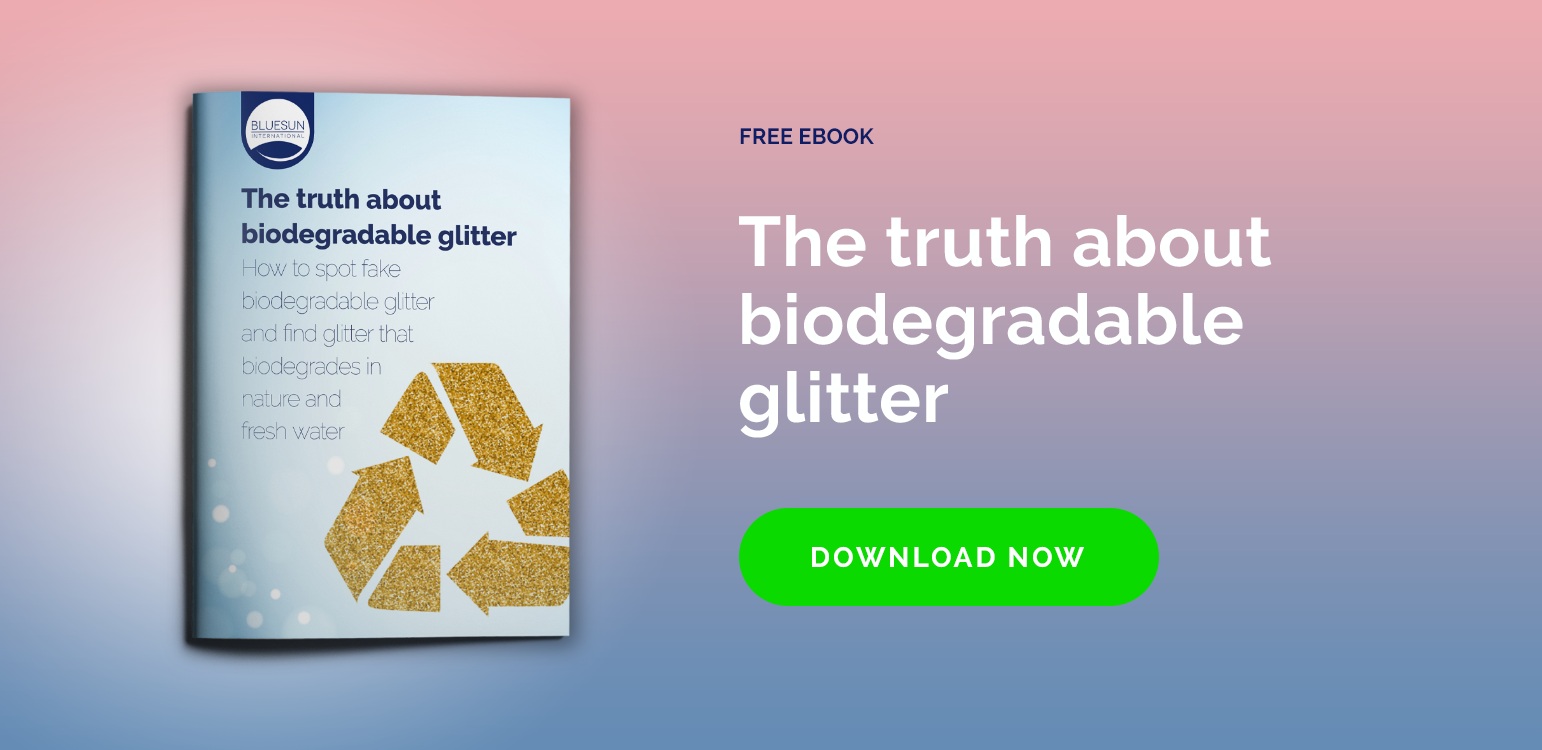Currently the incidence of skin cancer has increased in recent decades and according to the World Health Organization (WHO), each year between two and three million new cases of non-melanocytic skin cancer and 132,000 cases of melanomas are being reported.
The use of clothing and sunscreen products are effective ways to prevent non-melanocytic skin cancer. Sunscreen products are classified as cosmetics in Europe. The number of filters authorized by Regulation (EC) No. 1223/2009, as amended by Regulation (EU) No. 344/2013 and for Mexico NOM-141-SSA1 / SCFI-2012 Appendix Normative "A" Sunscreens amounts to a total of 28 (26 organic filters and two inorganic filters - titanium dioxide and zinc oxide). After developing the methods to determine the efficacy of sunscreen products (both in vivo and in vitro ), a number of authors were interested in the parameters involved in the efficacy and sensory of this category of products.
The nature of the filter, the concentration used and the influence of certain ingredients in the formula are all criteria that must be taken into account to achieve a product with a pleasant sensory profile and high effectiveness. With regard to titanium dioxide and zinc oxide, considerable progress has been made to increase its effectiveness and facilitate its incorporation into different types of the formulation avoiding instability in the final product.
There are two large groups for sun protection products. In the first group, we find the chemical filters. One of the most representative chemical filters is the benzophenone 4 octocrienes among others. Its own oily nature provides a fatty and not very pleasant sensory profile in the final product. Also, the formulation is very unstable and one has to resort to a large number of emulsifiers that in the end causes skin irritation. In the second group, there are the physical filters. The most representative physical filters are the titanium dioxide and the zinc oxide which are powders of a mineral nature that make it difficult to incorporate them into emulsions, providing a rough sensory profile and being difficult to apply.
An emulsion composed of 25% titanium dioxide only allows sun protection factor (SPF) 5 to be obtained. One solution for increasing the SPF was the reduction in particle size, but this did not solve the problem of the sensory profile and texture.
Today, many cosmetic products for skin care, color cosmetics and very recently haircare products contain UV filters in their composition.
Silicones, elastomers, resins, and vehicles that disperse physical filters and improve the oily effect of chemical filters have a fundamental effect on the sensory profile of skin care products.
Another aspect that has come to help with the texture and stability of products for solar care and color cosmetics is the coating of Titanium Dioxide and Iron Oxides with ingredients such as Triethoxicaprylysilane, which is an emulsifier that prevents the separation between oily and liquid parts of a formula, providing a more creamy texture without roughness.
Therefore, we conclude that the influence of UV filters on the development of cosmetic formulations is a predominant factor that causes a positive or negative effect on the selection of the product.


![Free ebook: The truth about biodegradable glitter [Click here and download now]](https://no-cache.hubspot.com/cta/default/4020212/b9c13b96-3024-4b35-9af9-cbd44d84ec15.png)


